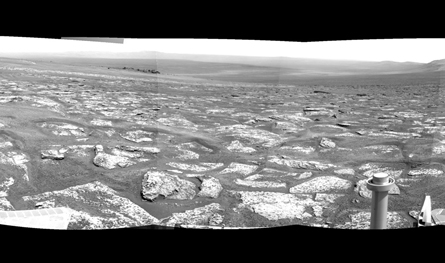Atom & Cosmos
Black holes could make the sun jiggle, nanodiamonds' origin and more in this week's news
Black hole sun
An asteroid-sized black hole passing through the sun would ring it like a clapper striking a bell, according to new computer simulations. Existing telescopes would be able to spot this ripple of energy, providing a new way to look for hypothetical black holes created just after the Big Bang. These entities could be part of the hidden dark matter thought to make up most of the universe’s matter. But since such black holes would be rare, passing through the sun once every 10 million years or so, testing this idea would require new telescopes monitoring millions of stars, researchers in New York and Germany report in the Sept. 9 Physical Review Letters. —Devin Powell

Lucy in space with diamonds
Nanodiamonds found in meteorites on Earth may have an explosive history. Instead of forming in nebulas or from a large star’s ejecta, the interstellar not-so-sparkly stuff may have been created by a supernova’s shockwave, scientists propose in the Sept. 10 Astrophysical Journal Letters. An exploding star could transform pre-existing organic compounds in the surrounding medium into a two-phase mixture of nanodiamond and glassy carbon, they suggest. Samples from the Murchison and Allende meteorites contain a mix of these molecules that is consistent with an origin at high temperatures and pressures, the team concludes. —Nadia Drake
The little rover that could
Driving backwards, with an almost-bum wheel, paralyzed circuits and an arthritic joint that leaves one limb outstretched, the 7-year-old Mars rover Opportunity seems an unlikely candidate to boldly go anywhere. But the rover recently completed an epic trek to the rim of Endeavour crater, a 22-kilometer-wide impact basin. Now, Opportunity is busy finding rocks and analyzing them. Already, the rover has revealed rock types and chemical signatures never before seen on Mars, and data suggest that Endeavour may have once hosted a hydrothermal system, scientists reported in a news conference September 1. —Nadia Drake







